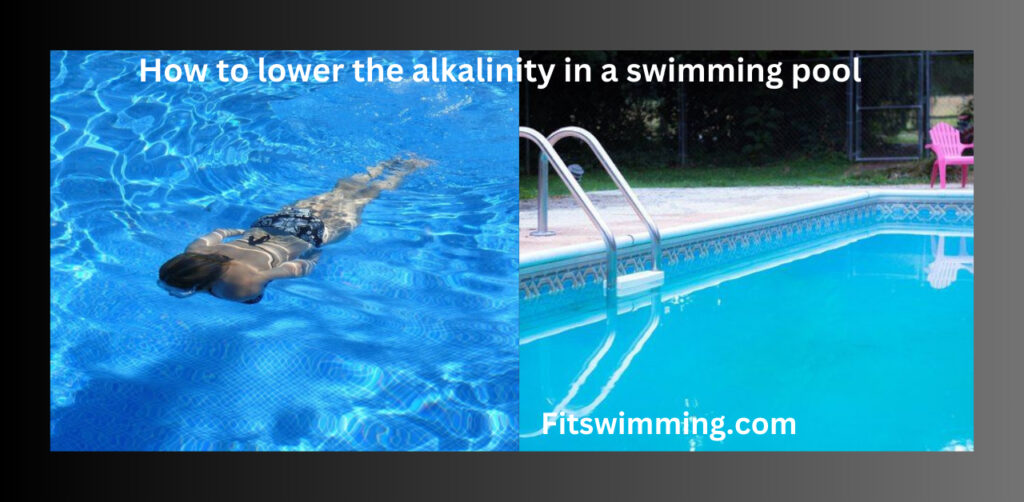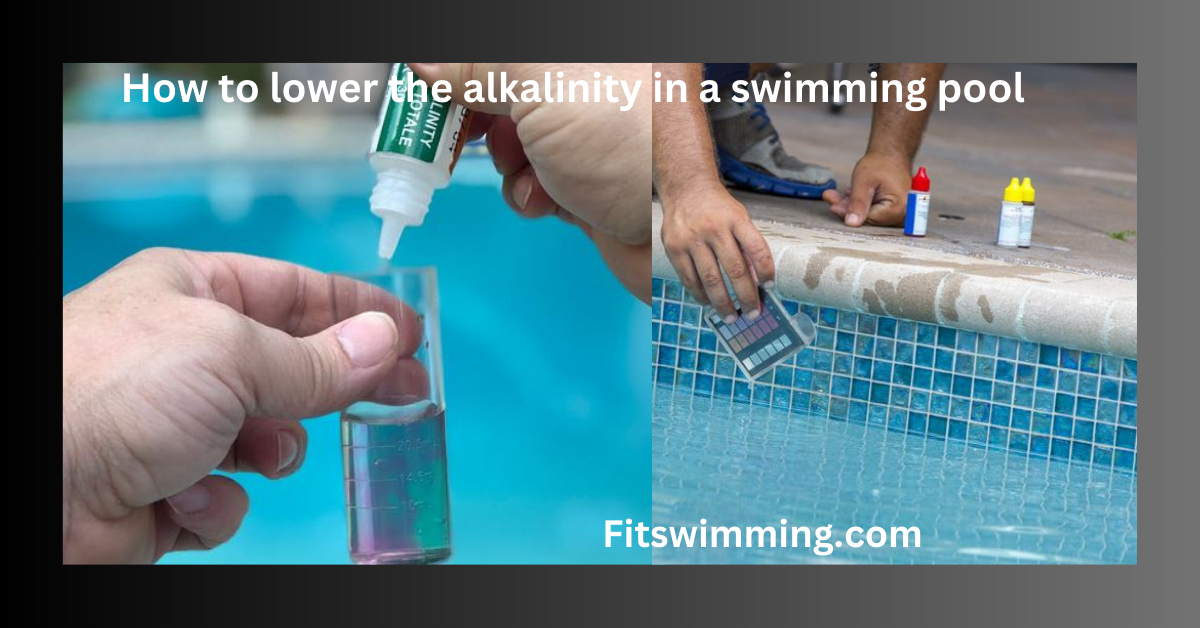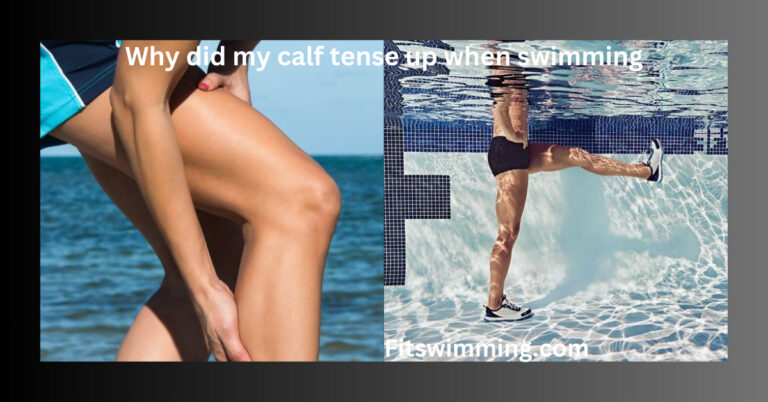How to Lower the Alkalinity in Your Swimming Pool
Keeping your swimming pool balanced is key to having crystal-clear water and a safe, enjoyable swim every time. One of the most common issues pool owners face is high alkalinity, which can lead to cloudy water, scaling, and difficulty maintaining pH levels. If this sounds familiar, don’t worry—this guide will walk you through how to lower the alkalinity in your swimming pool step by step.
What is Alkalinity in a Swimming Pool?
In simple terms, alkalinity helps your pool water stay stable by resisting changes in pH. It acts like a buffer, preventing sudden swings in acidity or alkalinity. Ideally, your pool’s alkalinity should range between 80-120 parts per million (ppm).
But when alkalinity gets too high, it can throw your entire pool chemistry out of balance. You might notice cloudy water, scaling on pool surfaces, or even skin and eye irritation. High alkalinity can also make it harder to adjust your pool\u2019s pH, which is why it\u2019s important to address the issue promptly. If you\u2019ve recently treated your pool and are wondering about the effects, you might find it helpful to learn if it\u2019s safe to swim after adding algaecide.

Signs Your Pool’s Alkalinity is Too High
Before you begin, confirm that your pool’s alkalinity is indeed too high. Here are some common signs to watch for:
Cloudy water: A murky pool can often signal high alkalinity.
Difficulty balancing pH: If you’ve been adding chemicals to adjust pH, but nothing works, alkalinity might be the culprit.
Scaling on surfaces: White, chalky deposits on pool tiles or equipment are a telltale sign of excess alkalinity.
Testing your water with a reliable pool test kit or test strips will give you accurate results and help you decide on the next steps.
Tools You’ll Need
To lower your pool’s alkalinity, gather the following supplies:
Pool test kit or test strips.
- Muriatic acid or dry acid (both are effective; choose what’s available or convenient).
- Protective gear: gloves and goggles.
- A bucket for dilution.
- Pool brush (optional but helpful).
Step-by-Step: How to Lower Alkalinity in Your Pool
Step 1: Test Your Pool Water
Start by testing your pool’s alkalinity with a pool test kit. Record the current levels to determine how much adjustment is needed. This baseline is crucial for calculating the correct amount of acid to use.
Step 2: Choose the Right Acid
You’ll typically use either muriatic acid or dry acid to lower alkalinity. Here’s a quick comparison:
- Muriatic acid: It’s affordable and effective, but it needs to be handled carefully because of its strong fumes.
- Dry acid: Easier to handle and store but slightly more expensive.
Step 3: Add Acid Safely
Dilute the acid: Never pour acid directly into the pool. Instead, dilute it in a bucket of water (always add acid to water, not the other way around).
Pour slowly: Walk around the pool’s perimeter and slowly pour the acid solution into the deepest parts of the water. Avoid adding it near pool equipment or skimmers.
Step 4: Let the Water Circulate
Let your pool pump run for at least 4-6 hours to ensure that the acid is evenly distributed throughout the water. This will help lower the alkalinity without creating localized imbalances.
Step 5: Retest and Adjust if Needed
After 24 hours, retest your pool water to check the alkalinity levels. If they’re still too high, repeat the process in small increments until you reach the desired range (80-120 ppm).
Tips for Maintaining Balanced Alkalinity
Here are the Tips for Maintaining Balanced Alkalinity from the article, expanded for clarity:
Test Weekly: Regular testing helps you monitor and maintain balanced alkalinity. Adjusting alkalinity can be tricky, and it’s easy to make mistakes that might make things more complicated.
Avoid Overusing Alkaline Chemicals: Products like baking soda, while effective at raising alkalinity, can quickly lead to overcompensation if used excessively. Always measure carefully and follow guidelines.
Use a Pool Cover: Covering your pool reduces exposure to debris, rainwater, and contaminants, which can affect water chemistry over time. A cover also minimizes water evaporation, helping stabilize chemical levels.
By following these tips, you’ll maintain balanced alkalinity and enjoy a pool that’s easy to manage and pleasant to swim in! Let me know if you need more details on any of these points.
Common Mistakes to Avoid
When adjusting alkalinity, it’s easy to make mistakes that can make things more difficult. Here are some to avoid:
- Adding too much acid at once: This can overcorrect alkalinity and lower pH too drastically.
- Neglecting safety: Always wear gloves and goggles when handling pool chemicals.
- Ignoring pH balance: High alkalinity often affects pH levels, so keep an eye on both.
Conclusion: How to Lower the Alkalinity in Your Swimming Pool
Balancing your pool’s alkalinity may seem tricky at first, but with the right approach, it’s something you can easily handle. By testing regularly, using the correct amount of acid, and staying consistent with maintenance, you’ll enjoy a sparkling, well-balanced pool all season long.
FAQ’s
If the alkalinity in your pool is too high, it can cause cloudy water, scaling on surfaces, and making it difficult to balance the pH. This imbalance can irritate swimmers’ skin and eyes and reduce the effectiveness of other chemicals, like chlorine. Addressing high alkalinity quickly helps keep your pool clean, safe, and enjoyable.
To fix a pool that is too alkaline, you’ll need to lower the alkalinity using muriatic acid or dry acid. Start by testing the water to confirm the alkalinity levels. Then, carefully dilute the acid in water and add it to your pool in small amounts, letting the pump circulate the water. Retest after 24 hours and repeat the process if needed until the alkalinity is within the ideal range of 80-120 ppm.
Rainwater can naturally lower alkalinity in water because it tends to be slightly acidic. Over time, heavy rainfall can dilute and reduce the alkalinity levels in a pool. However, this isn’t a reliable or controlled method, so if your pool’s alkalinity is too high, it’s best to use a proper acid, like muriatic acid, for safe adjustments.
Lowering alkalinity without significantly affecting pH can be tricky, but it’s possible with careful technique. Use muriatic acid or dry acid and add it in small amounts to one spot in the deep end of the pool (instead of spreading it around). This “acid column” method targets alkalinity reduction more effectively, with less impact on pH. Afterwards, let the water circulate and retest. Adjustments may be needed for fine-tuning.







